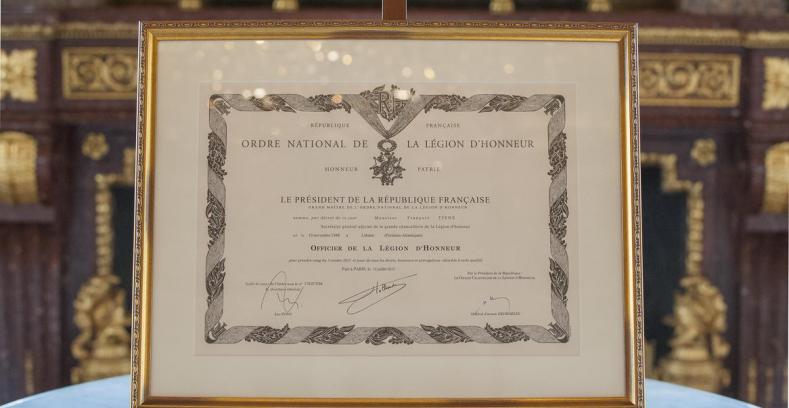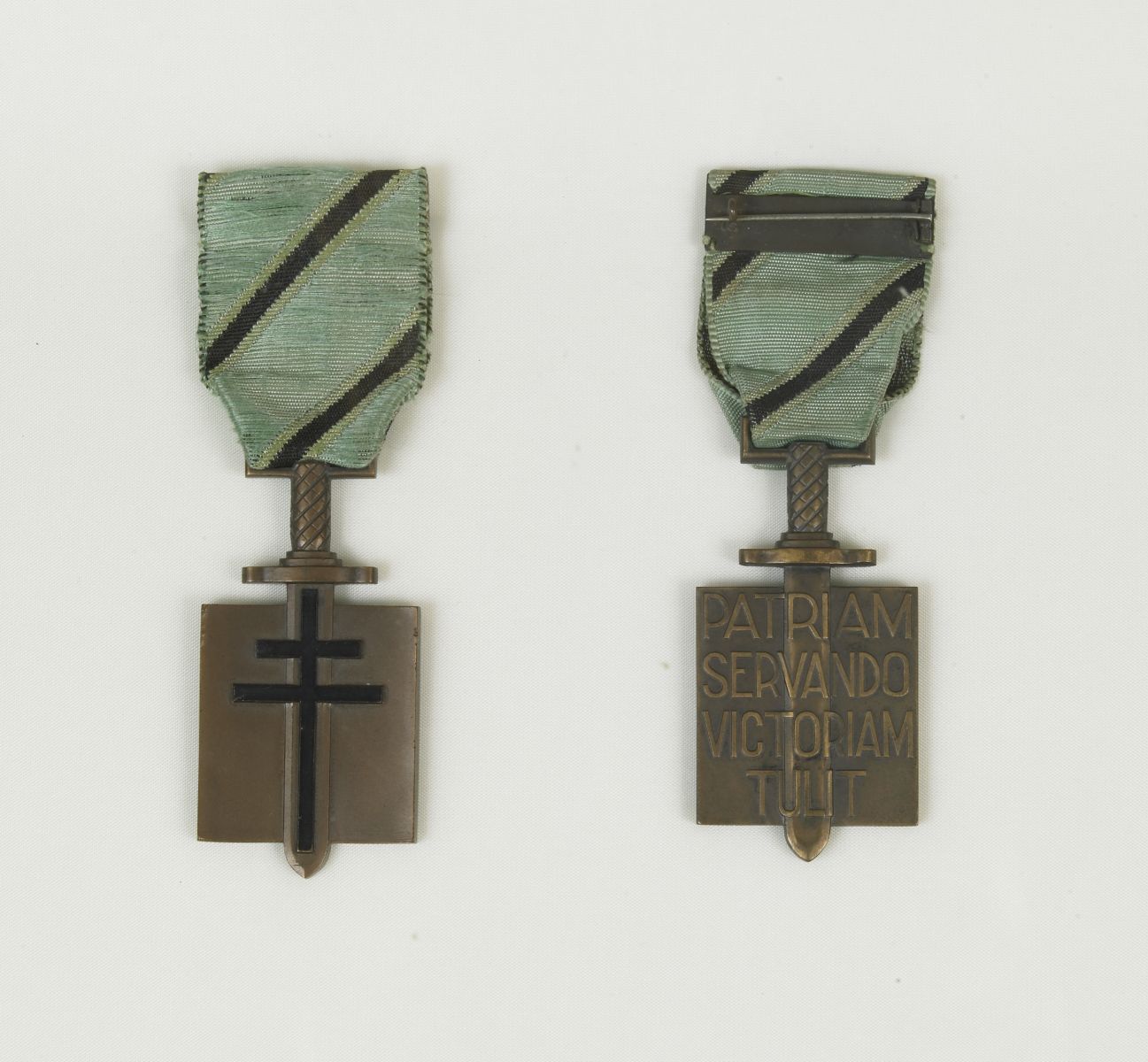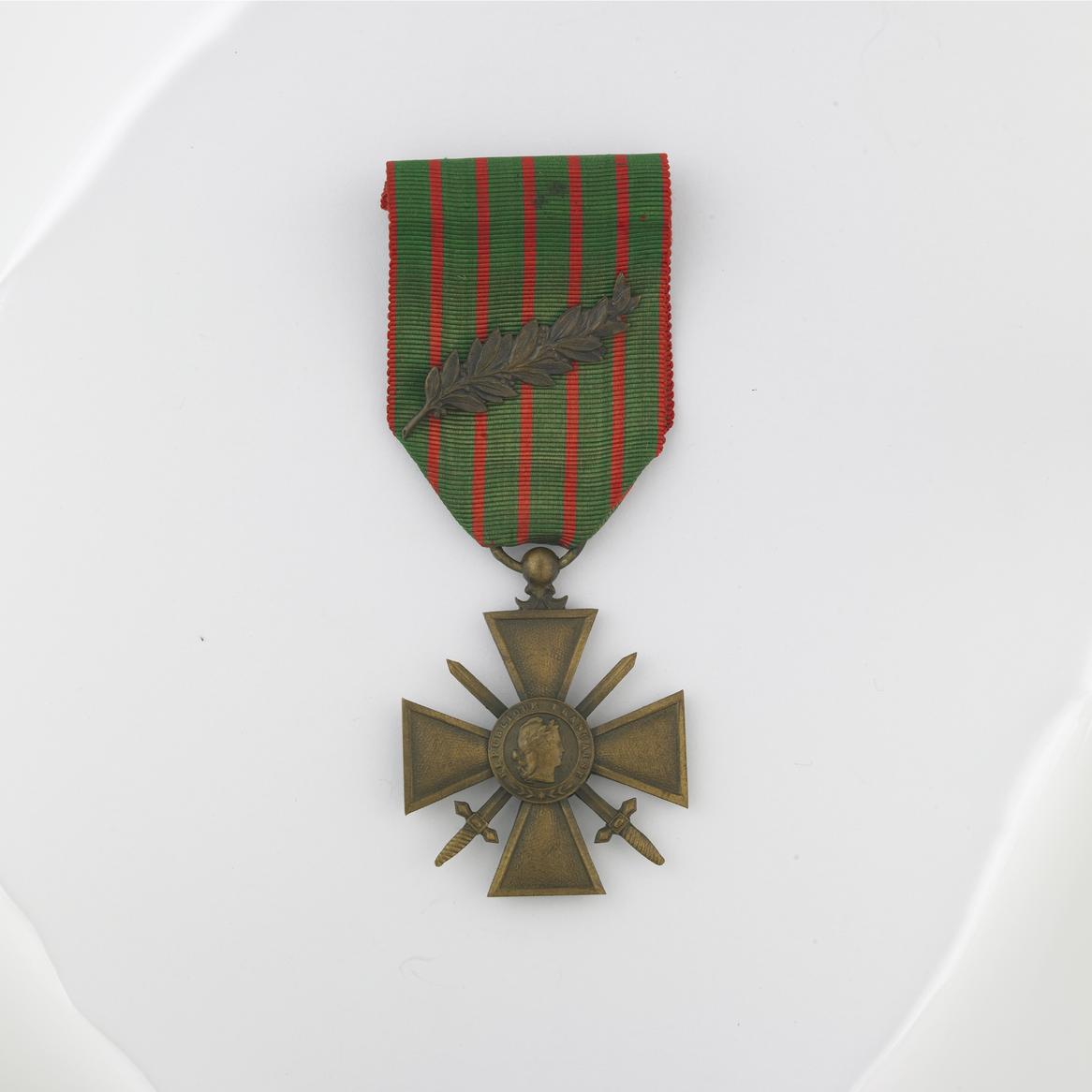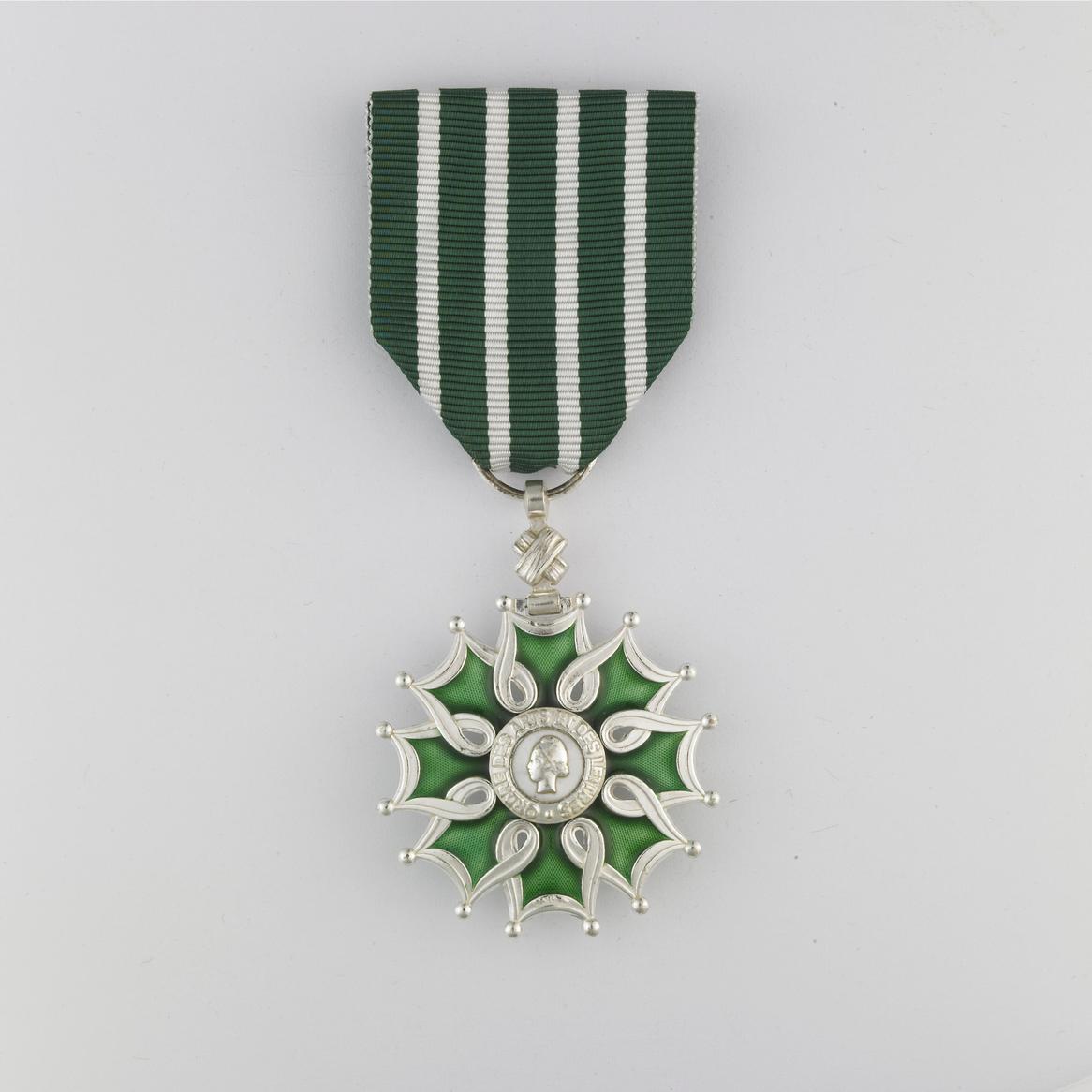
The national system
France’s decoration system is a pyramidal organization that allows the state to grant citizens symbolic marks of honor or esteem in recognition of services rendered.
The different categories of decorations
France has a hierarchy of orders and other decorations, enabling it to bestow differentiated marks of recognition upon its citizens.
- National decorations have a symbolic function, since dedication, courage and sacrifice are by definition priceless.
- French honors can be classified in six categories, the highest being the national Orders and within those, the Order of the Legion of Honor, which is the ultimate democratic award.
- There are essentially two different types of honors:
- Orders are a legacy from medieval orders; these prestigious institutions abide by certain principles and ethically commit those who are admitted.
- Medals are less complex marks of honor, highlighting the actions of an individual at a given point in time, without connecting him or her symbolically to a community.
The Military Medal is a special intermediate case, since some of its characteristics are similar to those of the orders.
Classification of the orders and other decorations
At the top of the pyramid of national honors are five decorations, all created by the head of state over the years, and now awarded on behalf of the President of the Republic. The other official honors, whether military or civilian, that follow them in the order of precedence come under ministers of the state.
1. Honors awarded on behalf of the President of the Republic
The national Orders, as well as the other honors awarded on behalf of the President of the Republic, come under his direct authority. They have their own administrations and councils in charge of reviewing nominations.
The national Orders gather honorees in a community where each member represents an ideal of conduct and serves as a role model for society as a whole. Only individual merits, irrespective of their form of expression, are taken into account. This principle of equality and universality defines the character of a National Order.
The existence of ranks and titles allows for upward movement in view of additional merits. On the other hand, there are disciplinary sanctions to punish dishonorable actions.
The Legion of Honor
Created in 1802 by Bonaparte, First Consul, it is the highest French honor and the oldest now awarded.
The special case of the Order of Liberation

and reverse of that of General de Larminat © MLH
The Order of Liberation, second highest national Order, was created in 1940 by General de Gaulle to reward outstanding service in the liberation of France. The purpose of this order was associated with a major historical event in our history, as intended by its founder, and it ceased to be awarded in January 1946.
1036 individuals, 5 towns and 18 combat units had the honor of being admitted into this order.
On behalf of the principle of equality between its members, united by the same patriotic aspiration, there is only one degree in the Order, that of companion.
The Military Medal
The Military Medal, highest of the military honors (see below), operates much like an order. Created in 1852 by Louis-Napoleon Bonaparte, the future Napoleon III, it follows the Order of the Liberation in the order of precedence.
The National Order of Merit
General de Gaulle created the National Order of Merit in 1963 to improve the hierarchy of honors and modernize the national award system. The National Order of Merit comes fourth in the order of precedence, after the Military Medal.
The National Medal of Recognition for victims of terrorism
Created by presidential decree on July 12, 2016, the National Medal of Recognition for victims of terrorism is intended to manifest the nation’s homage to people who have been killed, wounded or held hostage during terrorist attacks. This medal is different from other honors, since it is not intended to reward the recipients’ services rendered to the nation.
2. Ministerial honors
Military honors

Cross of War 1914-1918, Cross of War 1939-1945, Cross of the French Resistance, Cross of War for Theaters of Foreign Operations, Cross for Military Valor, Cross of the gendarmerie nationale, golden Cross of National Defence.
Accompanied by citations, these medals are allocated following an act of bravery committed in a theatre of war or in special circumstances.
The ministerial orders

Order of Academic Palms, Order of Agricultural Merit, Order of Arts and Letters, Order of Maritime Merit
As their name suggests, these orders are specifically awarded by different ministries. Due to the specialized nature of the merit being rewarded, they cannot claim to represent the entire nation.
When the National Order of Merit was created in 1963, these orders were to be abolished, as were many ministerial orders at the time. Their historical dimension has preserved them.
Rewards for acts of courage and ministerial honor medals
Decorations awarded for acts of courage can be considered to be similar to civilian citations. They reward those who put their lives on the line and rescued people in danger.
For example: Medal of Honor for acts of bravery and devotion, Medal of Honor for firefighters, Medal of Honor for act of courage and rescuing.
The other medals of honor are more specifically related to a social or professional activity managed by a ministry; they are generally designed to reward deserving individuals who have completed a certain length of service in their occupation.
For example: Medal of Honor for work, family, youth and sports; regional, departmental and municipal Medal of Honor.
Commemorative medals
These are military medals designed to reward participation of conducted operations. they include an important commemorative function. The first of these was the Saint Helena Medal, created in 1857 to honor all survivors of the wars of the Revolution and the Empire.
For example: 1939-1945 Commemorative War Medal, Indochina War Medal, Korean War Medal, French Commemorative Medal.
Order of Liberation
Military Medal
National Order of Merit
National Medal of Recognition for victims of terrorism
Cross of War (1939-1945, TOE)
Cross for Military Valor
Medal of the National Gendarmerie
Medal of war casualties
French resistance medal
Order of Academic Palms
Order of Agricultural Merit
Order of Maritime Merit
Order of Arts and Letters
Escapee’s medal
Volunteer combatant cross: 1939-1945, Resistance, Indochina, Korea, AFN (North Africa)
Aeronautical Medal
Combatant cross
Medal of French Gratitude
formerly Colonial Medal
National Defense Medal
Medal for voluntary military service
Medals of honor of the ministries